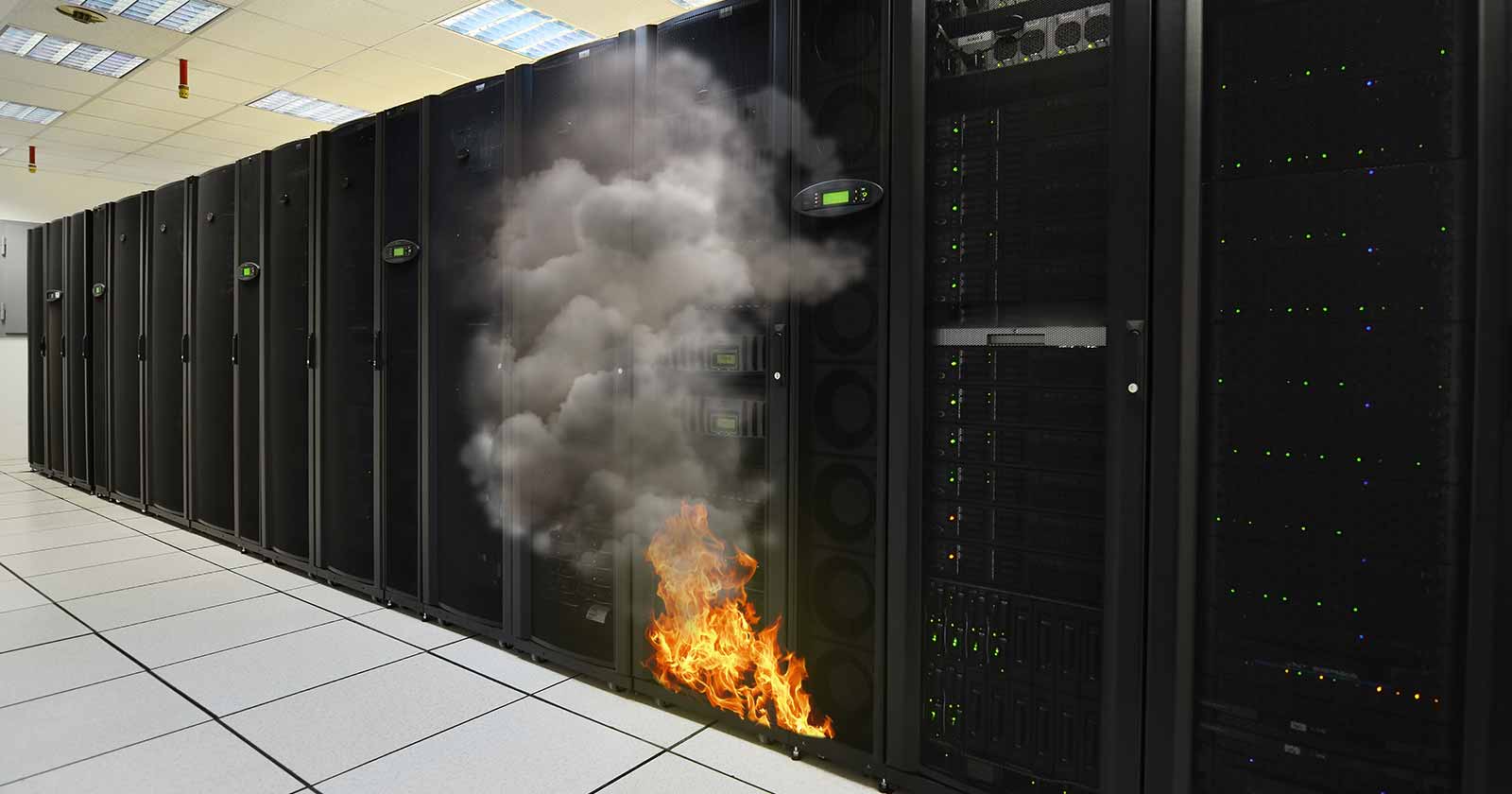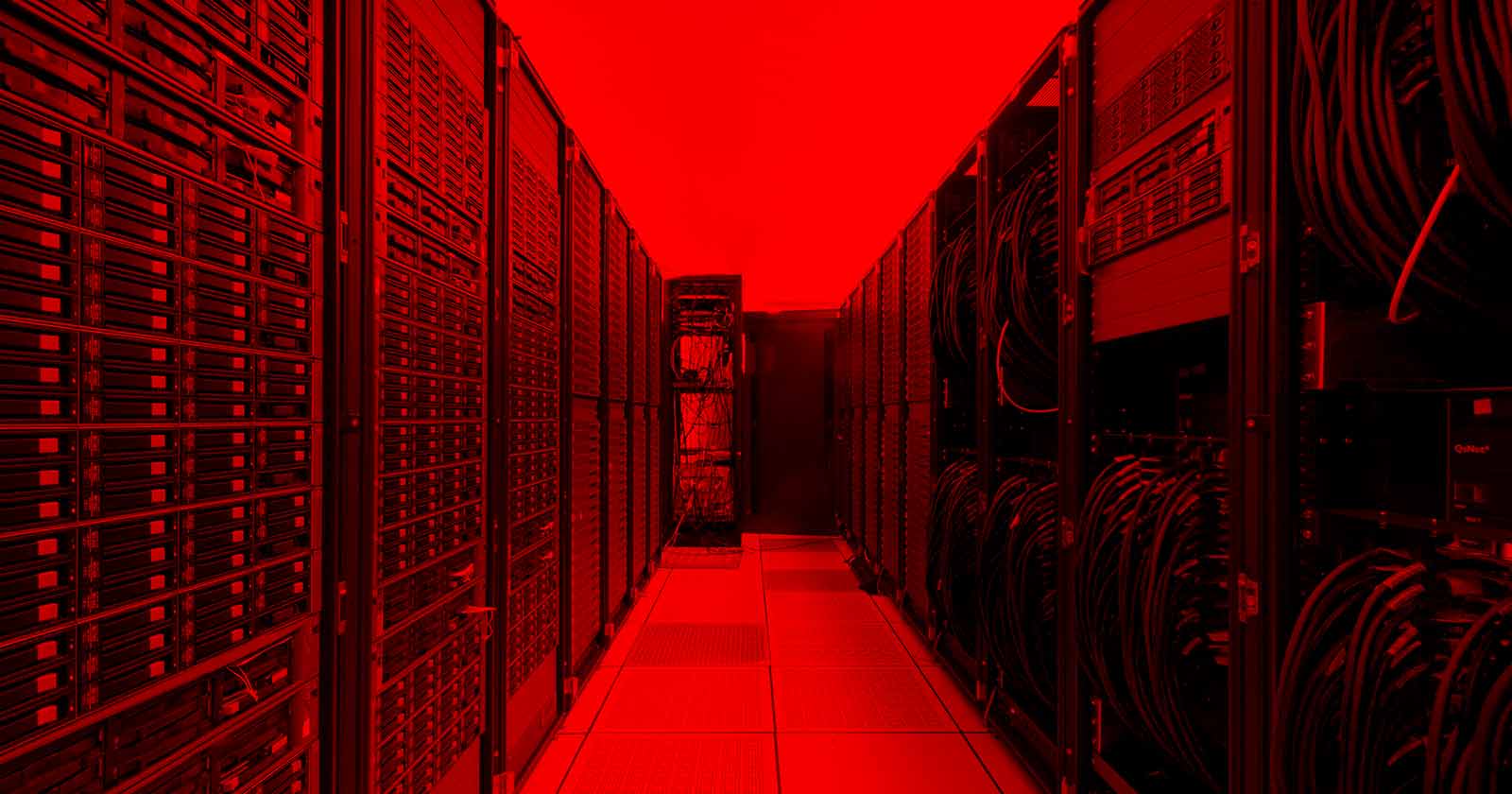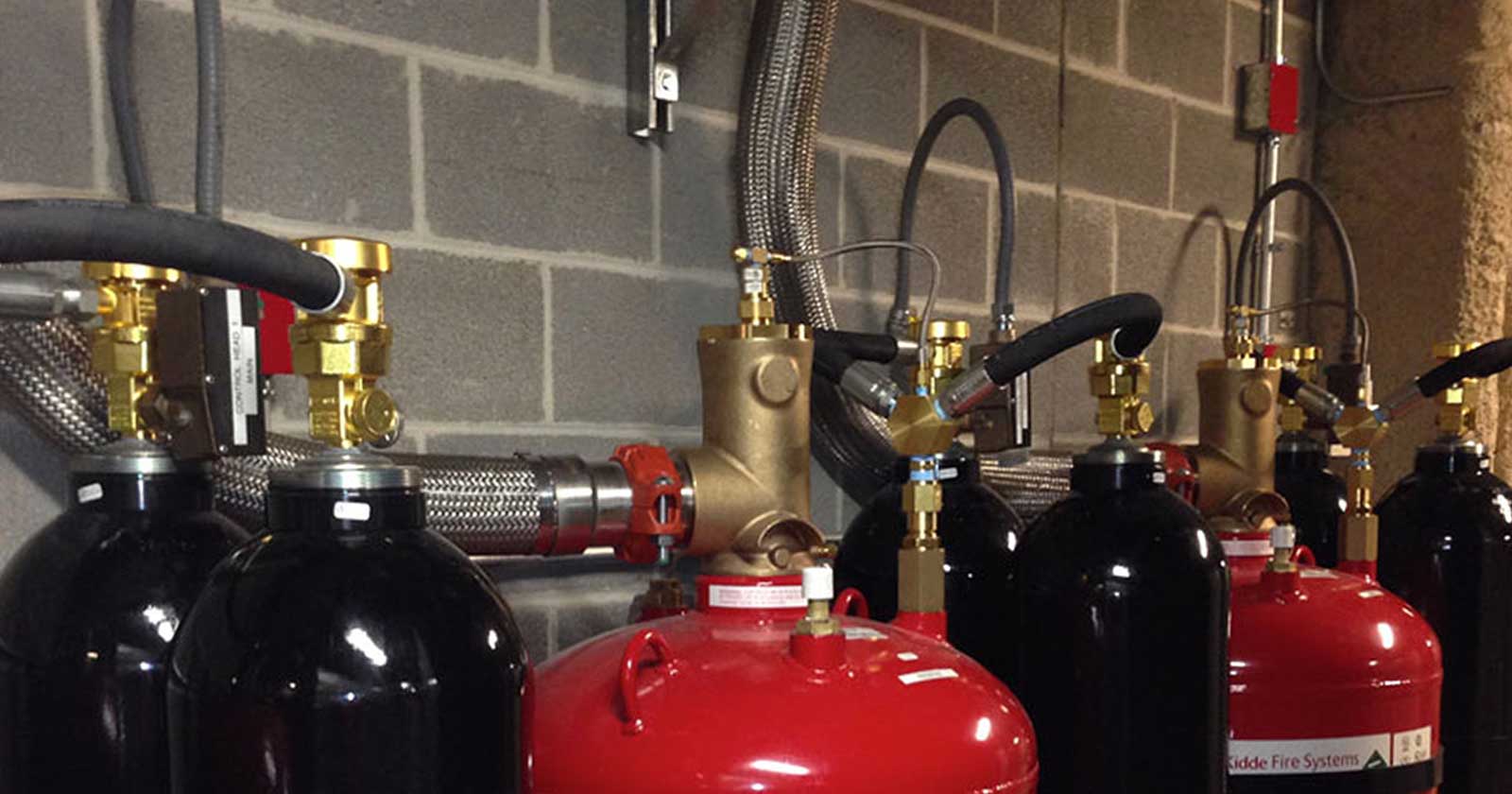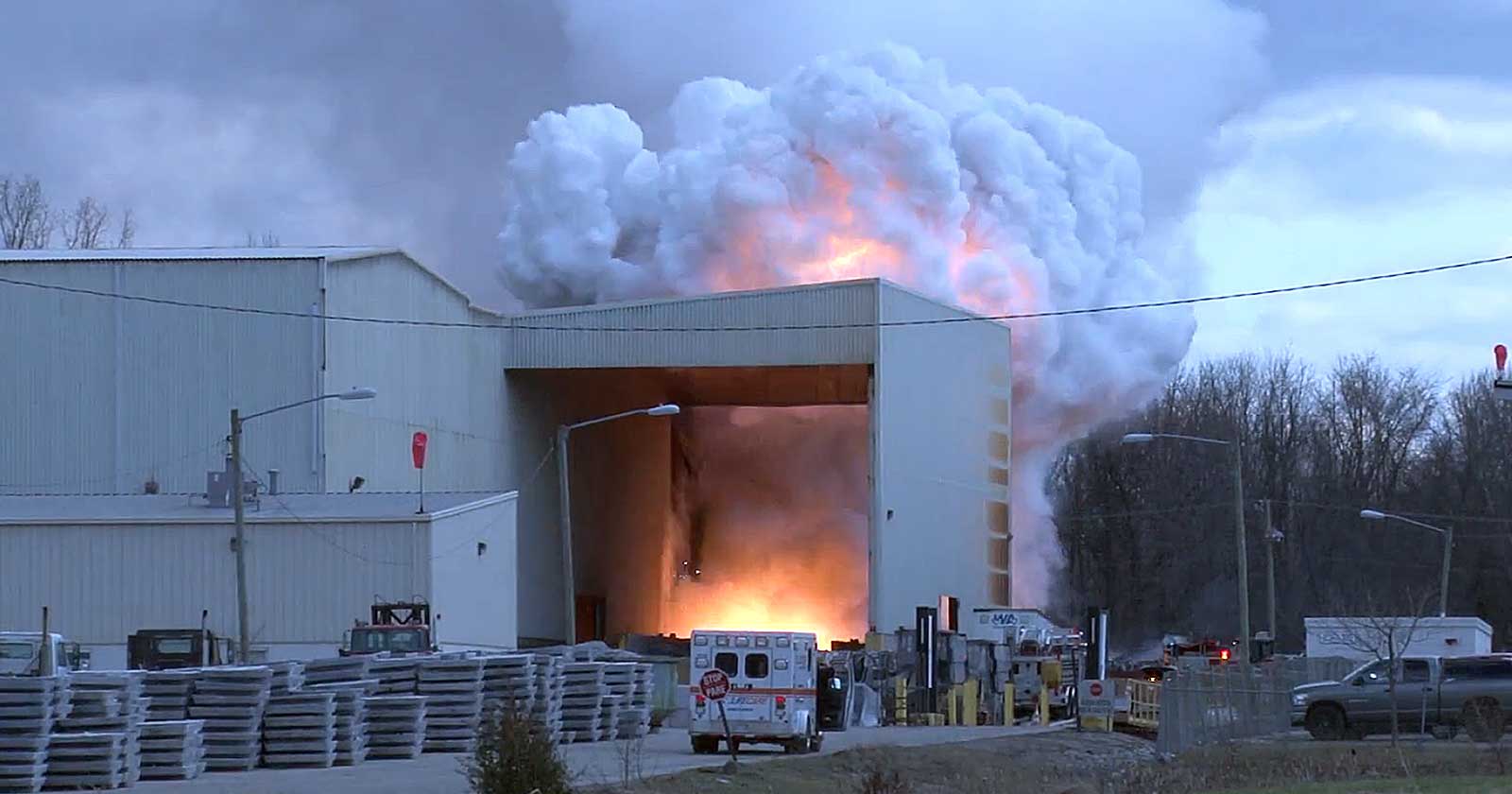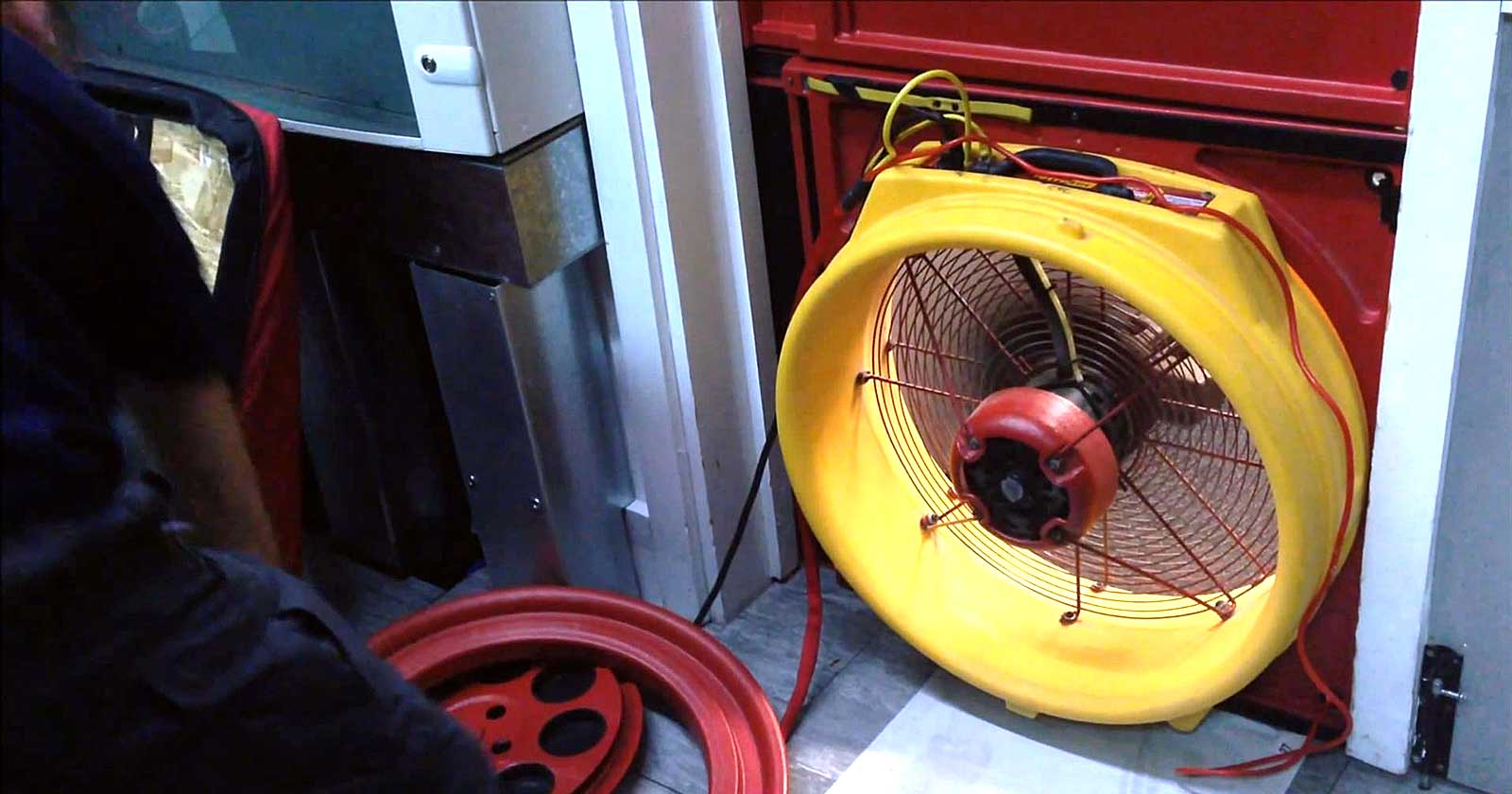Conventional methods of detecting fire don’t always work, or if they do, they don’t work quickly enough. Depending on the physical characteristics of the room or the materials being protected, you may need a different solution than the traditional fire detector that waits until smoke reaches a certain level on the ceiling where the traditional smoke detector is Read more »
Fire Suppression for Data Centers is Different
Fire suppression is a vital part of data centers today because even a small fire can threaten expensive equipment and critical information, potentially crippling a business. Unfortunately, fire suppression for data centers presents a more complex challenge than in conventional buildings. Let’s take a look at three of the most important issues, and the impact they have on fire suppression. Large Read more »
Fire Protection Systems Now Eligible for Tax Deduction Under Section 179
Section 179 provides a valuable tax deduction for medium and small businesses. It allows companies to save money by deducting certain purchases in full instead of having to depreciate them over time. This is true even if you financed the purchase or you are leasing equipment as well. There are several qualifications that you must meet Read more »
How Does an Explosion Protection System Work?
Generally, explosion protection systems are used to protect pharmaceutical manufacturing facilities, chemical and refining plants, bulk solids handling facilities, and other hazardous environments. These systems are essential because static sparks can cause dust explosions in enclosed spaces with a build up of volatile dust. Dust explosions can lead to financial loss, damage to equipment and facilities, injuries, Read more »
Room Integrity Testing is Critical
Room integrity testing is considered a critical component for all special hazards fire suppression systems. The room integrity test, which is also frequently referred to as a door fan test, is responsible for measuring an enclosure’s leakage. This test makes sure any gaseous agents remain contained in the room that is under protection for the purpose of extinguishing Read more »
